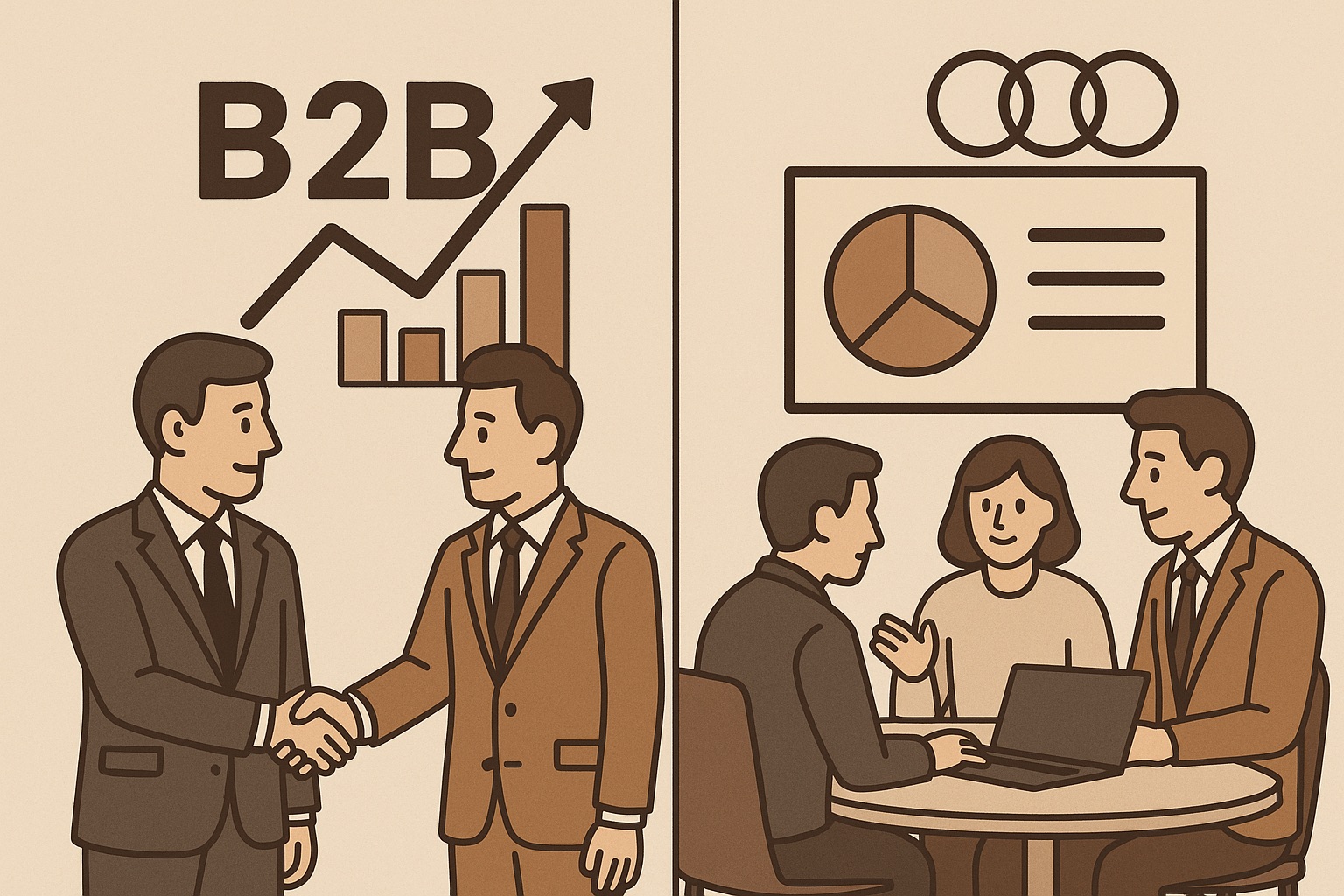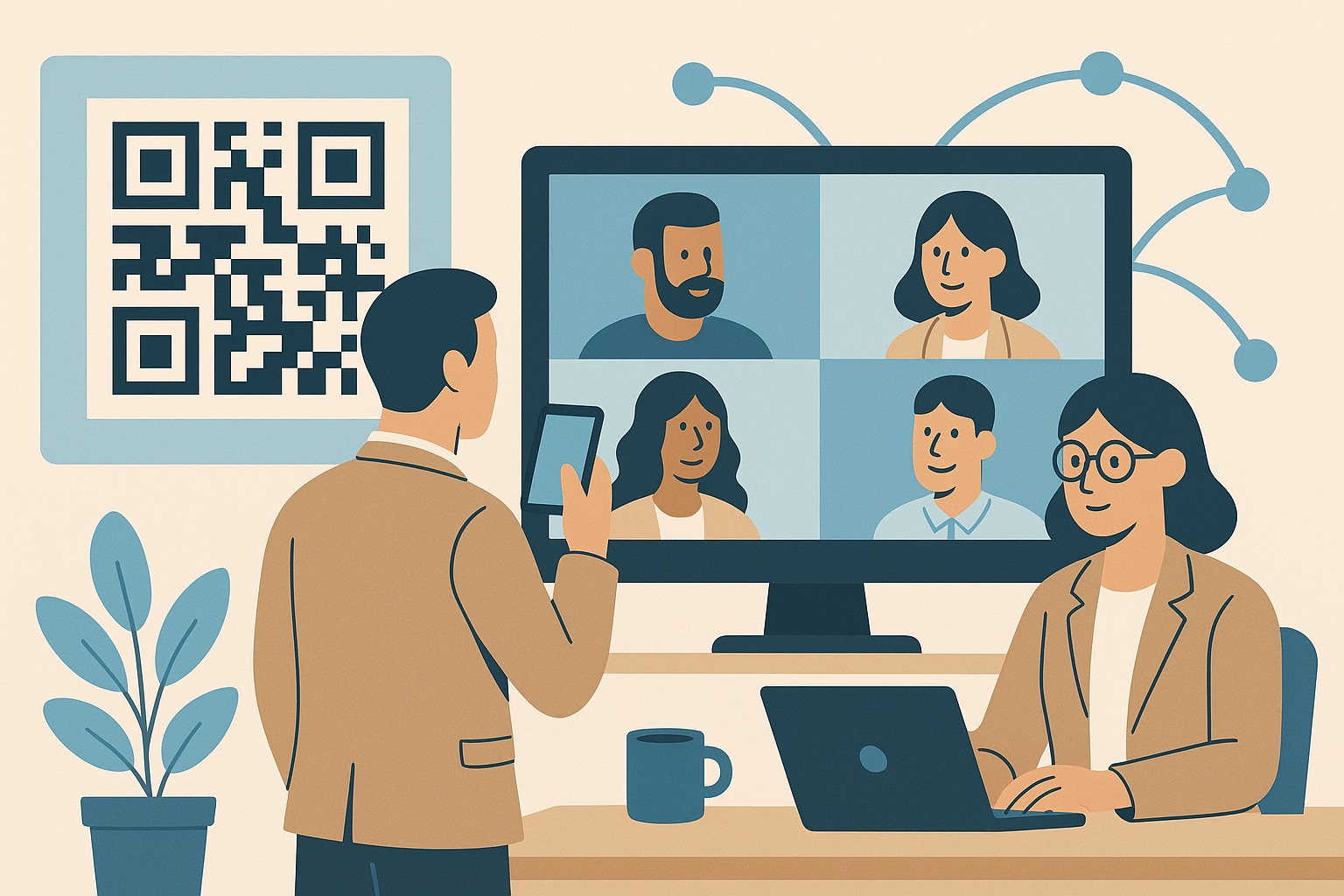A corporate event activation is any interactive experience designed to get attendees to engage with your brand. Done right, it turns passive guests into active participants. But too often, activations are treated like party decorations - fun, but without a clear purpose. The real goal isn't just to entertain; it's to create a memorable moment that achieves a specific business objective.
This guide provides a simple framework for planning a corporate event activation that works. We'll skip the long list of trendy ideas and focus on the strategic thinking you need to design, measure, and execute an experience that delivers real results for both external and internal events.
What Is the Goal of a Corporate Event Activation?
The main goal of a corporate event activation is to create a meaningful, two-way interaction between an attendee and your brand. Instead of just talking at your audience, you invite them into a story. A clear goal separates a memorable activation from a forgettable gimmick and is the best way to activate your brand at corporate gatherings.
Before you design anything, you need to decide what you want to achieve. Your objective will shape every decision you make. Most goals fall into one of two buckets:
- External Goals (for B2B events, trade shows, and conferences): These are focused on driving business growth. Common objectives include generating qualified leads, increasing brand awareness, or educating attendees about a new product.
- Internal Goals (for employee events and company gatherings): These are focused on company culture and morale. Your objective might be to boost employee motivation, celebrate a major milestone, or simply help teams connect on a human level.
Defining your primary goal first makes it much easier to design an experience that feels purposeful and delivers measurable results.
How Do You Create Memorable Branded Experiences?
You create memorable branded experiences by focusing on three things: participation, personalization, and shareability. A great activation invites people to do something, makes them feel seen as an individual, and gives them a natural reason to tell others about it. When these three elements work together, the experience sticks with people long after the event ends.
Answering "how do I create memorable branded experiences at company events?" starts with mapping out the attendee's journey.
- Make It Participatory: People remember what they do far more than what they see. The key is to design an activity, not a display. Interactive elements like collaborative games, hands-on creation stations, or a simple digital poll can transform passive observers into active participants. This is one of the best ways to increase participation at employee appreciation events and trade shows alike.
- Make It Personal: Generic experiences are forgettable. Personalization makes each attendee feel like the main character. This can be as simple as a station where they can customize their own swag or an AI-powered photo experience that generates a unique, branded piece of art based on their selfie.
- Make It Shareable: A great activation should be designed to travel beyond the event floor. Create visually compelling moments that people are excited to post online. By building shareability into the experience, you empower attendees to become brand ambassadors, amplifying your reach through authentic, user-generated content.
What Are Effective Employee Engagement Ideas for Corporate Events?
Effective employee engagement ideas move beyond a simple happy hour and focus on connection, recognition, and a shared sense of purpose. For internal events, the goal is to reinforce company culture and make your team feel valued. This means designing activations that create shared memories and celebrate the people who make your company great.

Here are a few strategies that work for both in-person and hybrid teams:
- Focus on Connection: Design activities that require teamwork and communication. A friendly competition using collaborative online games or a team-based charity challenge can break down silos and help colleagues connect in a low-pressure setting. For more ideas, check out these team engagement ideas for hybrid teams.
- Create a Culture of Recognition: Make appreciation visible. You can set up a "wall of wins" where employees can post shout-outs for their colleagues or use a video booth to capture stories of team success. Publicly celebrating achievements makes people feel seen and reinforces your company's values.
- Build a Shared Purpose: Connect the activation to a larger company mission or a cause-related initiative. Inviting employees to participate in something meaningful together, like a volunteer project or a fundraising drive, builds a powerful sense of community and pride.
How Do You Measure the Success of an Activation?
You measure success by tracking metrics tied directly to your original goals. This requires moving beyond vanity metrics like attendance and focusing on quantifiable outcomes that prove the activation's value. A simple measurement framework helps you tell a clear story about your return on investment (ROI) to stakeholders.
Start by defining your Key Performance Indicators (KPIs) before the event begins. Your measurement plan should include a mix of hard numbers and qualitative feedback.
Key Metrics to Track:
- Quantitative (The Numbers):
- Leads Captured: The total number of qualified contacts generated.
- Participation Rate: The percentage of attendees who engaged with the activation.
- UGC & Social Shares: The volume of content created and shared with your event hashtag.
- Qualitative (The Feeling):
- Post-Event Surveys: Ask attendees directly about their experience.
- Video Testimonials: Capture authentic, in-the-moment feedback.
- Sentiment Analysis: Track the tone of social media mentions about your brand.
The Trade-Off: Perfect attribution is nearly impossible, and trying to track everything can be overwhelming. The trade-off is choosing two or three "good enough" metrics that align with your main goal. It's better to measure a few important things well than to track dozens of data points poorly. For a deeper look, see our guide on how to measure event success.
What Should You Consider for Hybrid Event Activations?
For hybrid events, the key is to create one unified experience, not two separate ones. Your activation must be equally accessible and engaging for both in-person and remote attendees. This means using technology to intentionally bridge the physical and digital divide, ensuring everyone feels like they are part of the same event.

Here are a few key considerations for your hybrid strategy:
- Choose Inclusive Technology: The best interactive elements for hybrid events are web-based. Tools that can be accessed with a simple QR code scan or a link remove barriers to entry, as no one needs to download an app. This allows your in-person audience to use their phones while your virtual audience uses their computers, all within the same experience.
- Design for Equal Participation: Ensure remote attendees are not just watching a livestream. A virtual photo booth, for example, allows everyone to create branded content, whether they are on the event floor or at their home office. Displaying all submissions on a unified digital gallery reinforces a sense of shared community.
- Create a Common Ground: Use the activation to connect the two audiences. A live social wall that displays posts from both in-person and remote attendees can create a single, flowing conversation. This helps everyone feel connected to the event's overall energy.
Turning Your Idea into a Plan
A successful corporate event activation doesn't happen by accident. It starts with a clear goal, thoughtful design, and a simple plan to measure what matters. By focusing on creating interactive, personal, and shareable moments, you can turn any event into a powerful engine for building brand loyalty and achieving real business objectives.
The next step is to map these principles to your specific event. Start by defining your primary goal, then brainstorm a few simple ways to bring the experience to life for your audience. For more specific plays you can adapt, you can explore some of our favorite activation concepts for inspiration.










-p-500.webp)



.jpeg)















